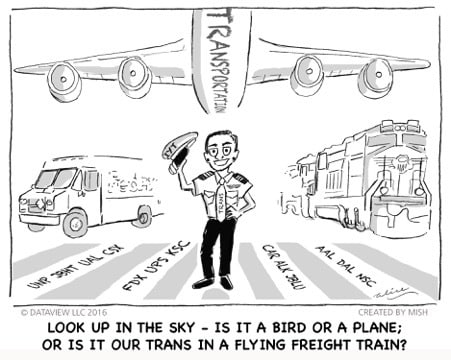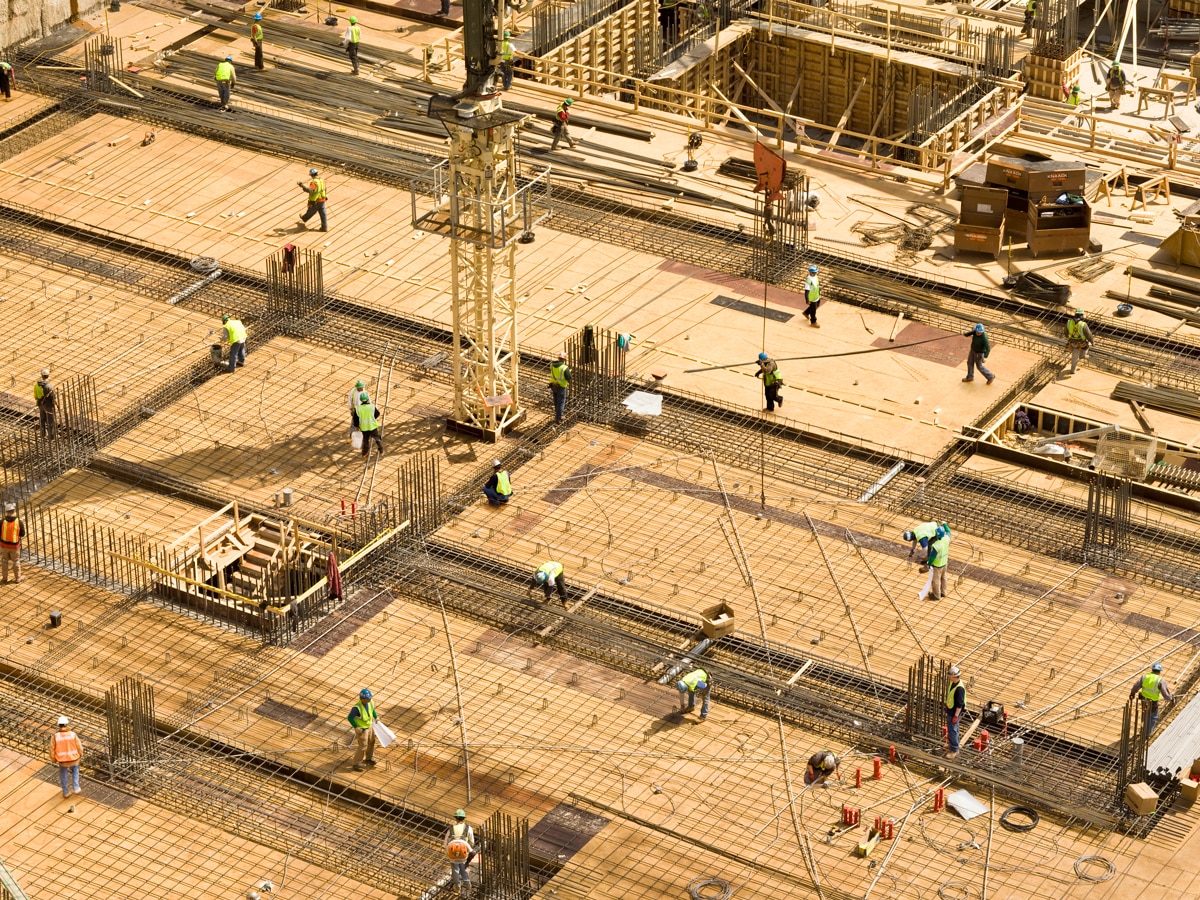The Oxford Dictionary defines infrastructure as the basic physical and organisational structures and facilities (e.g. buildings, roads, power supplies) needed for the operation of a society or enterprise.
In the United States, the nation’s public infrastructure, which consists of bridges, waterways, airports, railroads, drinking-water systems and wastewater systems, is in need of maintenance and repairs. 38% (235,020) of all US bridges have identified repair needs. Most of the country’s electric transmission and distribution lines were constructed in the ‘50s and ‘60s and now need a 21st-century update, as witnessed in the recent storm that crippled Texas.
There are over 4.1 million miles of road that stretch all across the country. Unfortunately, years of neglect and apathy have left the country’s roads in dire need of repair.
The American Society of Civil Engineers’ (ASCE) current grade for U.S. infrastructure is a D+, estimating that the country needs to spend about $4.5trn by 2025 to improve the entirety of its infrastructure.
$4.5 trillion
ASCE estimate to improve US infrastructure
“It is a little embarrassing when you travel the globe as much as I do — about how much more money our peer countries put into infrastructure that we haven't been putting in,” said PPG Industries Chairman and CEO Michael H. McGarry. I could not agree more.
Trump campaigned on an infrastructure bill. However, nothing major passed and, in the end, it was overhyped and underwhelming.
Can Biden get one passed? “Millions of good-paying jobs putting Americans to work rebuilding our roads, our bridges, our ports to make them more climate resilient, to make them faster, cheaper, cleaner to transport American-made goods across our country and around the world, that’s how we compete. Failure to do so will cost us dearly,” Biden said.
Not only good for the morale of the country, a bill would also create jobs and ultimately save Americans a lot of money. It is estimated that it currently costs the average household $3,300 a year dealing with gaping potholes and subpar public transport.
In the meanwhile, as the politicos sort it out (or not), the Transportation sector [IYT] scored high marks in terms of relative performance, making new all-time highs last week. Investor optimism prevailed.

Should this trend continue, taking a deep dive into not only the ETF for Transportation itself, but also some other instruments, will offer insight into where to put our money next.
In the IYT basket, Union Pacific Railroad [UNP] looks quite interesting. Having made new all-time highs in early 2021, the stock has corrected right into support at around $205 a share.
Looking at other instruments, Vulcan Materials [VMC] is setting up to continue its trip to new all-time highs. Vulcan is the nation’s largest producer of construction aggregates — primarily crushed stone, sand and gravel — and a major producer of aggregates-based construction materials, including asphalt and ready-mixed concrete.
Essential Utilities [WTRG] is a utility company that provides drinking water and wastewater treatment infrastructure and services. That stock sits above major support at $45.00. A move over $47 looks interesting.
Another stock to watch is Brookfield Renewable Partners [BEP], a company that owns and operates renewable power assets. They also have a battery storage system. BEP fell right to support and now looks ripe for a renewed move higher.
Although both sides of the aisle support an infrastructure bill in theory, the reality of who pays for it could keep the US embarrassingly ranked 38th in the world in terms of infrastructure.
Unlike the pandemic relief efforts, Dems are suggesting that possibly half the cost of a bill is paid through new taxes on wealthy individuals and corporations. In other words, although the aforementioned instruments can still perform well in anticipation of a bill passing, do not stop looking down when you walk in the US, lest you fall feet first into a big gaping pothole!
Continue reading for FREE
- Includes free newsletter updates, unsubscribe anytime. Privacy policy






